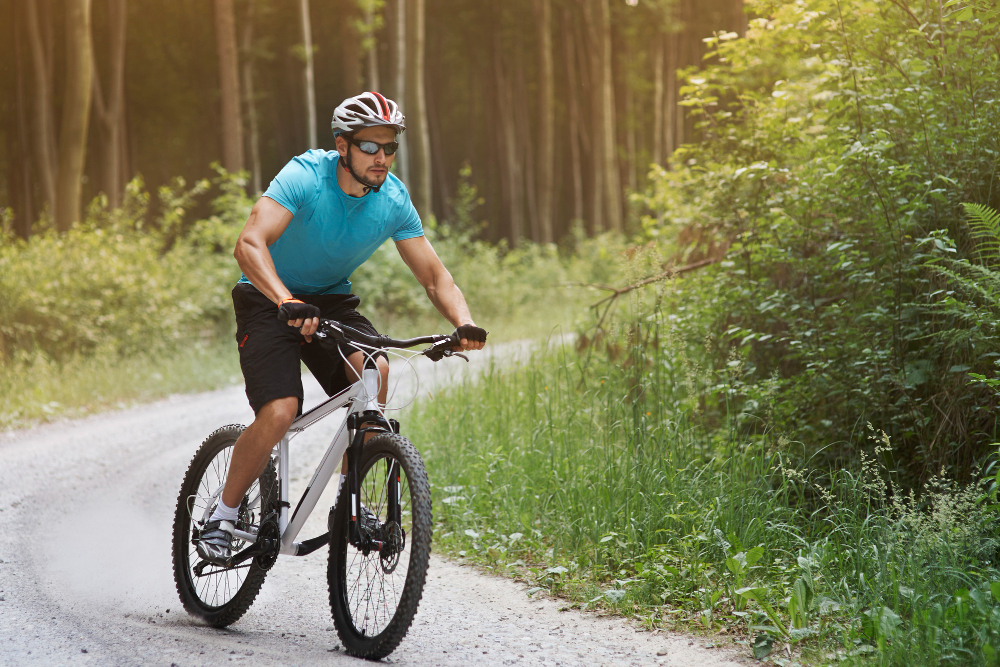
Cycling may be one of the most enjoyable and effective ways to get around, exercise, and explore new places; however, it is not entirely risk-free. Cyclists are prone to a variety of injuries as they ride. Among the most common cycling injuries, hand and wrist injuries top the list. Hand and wrist injuries can range from mild sprains to fractures, ligament injuries, nerve damage, and carpal tunnel syndrome, which can cause severe pain and loss of mobility. Fortunately, there are ways to prevent these types of injuries and protect yourself while cycling. In this blog post, we will discuss some tips to avoid hand and wrist injuries while cycling and enjoy a safe and healthy ride.
1. Proper Hand Positioning
One of the primary causes of hand and wrist injuries during cycling is improper hand positioning. Leaning too much weight on your hands can cause pressure and strain on the wrists and palms, leading to numbness, tingling, and pain. Therefore, it is essential to maintain a proper hand position while cycling. Try to keep your hands relaxed, gripping the handlebars lightly, and distributing your weight evenly between your hands and hips. Keep your elbows slightly bent to absorb the shock from the road.
2. Use Proper Cycling Gloves
Cycling gloves are not only fashion accessories, but they are also necessary gear to protect your hands and wrists from injuries. They not only provide a tight grip on your handlebars, but they also help absorb shock and reduce pressure on your palms and wrists. Properly fitting cycling gloves with padded palms can reduce hand fatigue, numbness, and prevent accidental falls.
3. Maintain Proper Bike Fit
A poorly fitting bike can increase your risk of developing hand and wrist injuries while cycling. Ensure that your bike is correctly fitted to your body size, shape and adjust the handlebars to a comfortable height to avoid unnecessary strain to your shoulders, neck, and back. The saddle should be level, and the handlebars positioned at a height that allows you to maintain an upright posture. A professional bike fit can help you adjust your bike and riding position to prevent injuries and improve your overall cycling experience.
4. Stretch Regularly
Stretching is an essential part of warming up before your cycling ride. It helps loosen up your muscles and joints, improve flexibility, and decrease the risk of injuries. Stretching before cycling can help reduce tension in your hands, wrists, and forearms, making them less prone to injuries. Try some wrist stretches and warm-up exercises to get your hands and wrists ready for your cycling ride.
5. Take Regular Breaks
Cycling long distances without taking breaks can cause hand and wrist injuries. Taking regular breaks during your ride will help relax your hands and wrists and reduce the risk of injury. Stretch your arms and hands at each stop, shake your hands out, and relax your grip on the handlebars. Additionally, hydrate frequently to keep your body and muscles from getting fatigued.
Conclusion
Cycling is a great way to get out and exercise, but it's essential to keep yourself protected and prevent any injuries that may occur. Hand and wrist injuries can be painful, frustrating, and can limit your ability to ride your bike. To avoid these types of injuries, it is essential to maintain proper hand positioning, use proper cycling gloves, maintain a properly fitting bike, stretch regularly, and take regular breaks. By following these tips, you'll increase your chances of staying injury-free when cycling. However, if you experience any persistent pain and discomfort in your hands or wrists, seek help from an orthopedic surgeon at your earliest convenience. If you're looking for an orthopedic surgeon in Deland, FL, contact Central Florida Bone & Joint Institute today for more information.